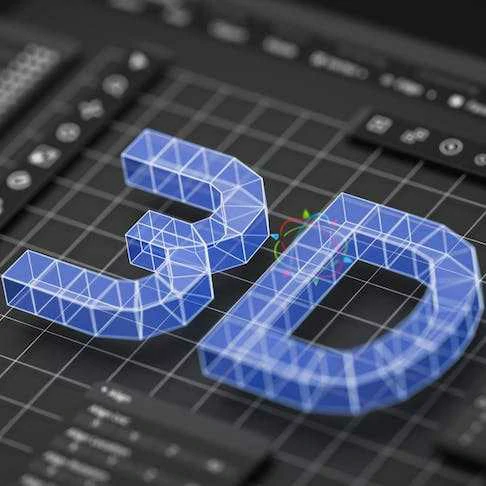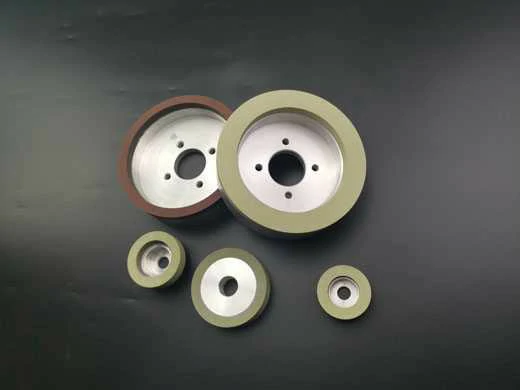Direct Metal Laser Sintering makes use of fiber lasers. For the largest machines, up to four fiber lasers are used during printing to increase productivity. Unlike CO2 lasers, fiber lasers have no moving parts and are therefore maintenance-free. Fiber lasers can also produce a very small focal point diameter of 40 microns. The beam power ranges from 200 to 1000 W, depending on the machine.
What Is the Size of Metal Particles Produced in DMLS?
Direct Metal Laser Sintering 3D printing makes use of fine metal powder as its raw material. The typical size of the metal particles is around 20 to 80 microns in diameter. This powder is manufactured using a gas atomization process, during which a metal starting material is melted and then ejected from a nozzle into a stream of high-pressure gas. The molten metal is thus atomized into small particles. This is a high-energy process, which is part of the reason why metal powders for 3D printing are so expensive.
What Are the Advantages of Direct Metal Laser Sintering?
Direct Metal Laser Sintering is one of the most mature and efficient metal printing technologies. Listed below are some of its key advantages:
- DMLS is capable of printing high-strength functional metal parts in a wide variety of metals.
- It is possible to print mixtures of plastic (nylon) and metal (aluminum).
- DMLS is a high-resolution printing process that can produce very small feature sizes. This is because the DMLS laser beam can be as narrow as 40 micrometers.
What Are the Disadvantages of Direct Metal Laser Sintering?
Despite its many advantages, Direct Metal Laser Sintering has the following disadvantages that must be considered:
- DMLS parts need support during printing. This is due to the mass of the metal parts.
- DMLS parts can have internal stresses due to the high-temperature manufacturing process. Removing these internal stresses during printing requires multiple test samples and additional characterization. Alternatively, post-print heat treatment can also remove these stresses. However, both of these processes ultimately result in a higher cost per part.
- DMLS makes use of lower-powered lasers compared to SLM and EBM machines. Therefore, it produces a smaller melt pool and cannot print very high layers. This ultimately results in slower prints and, therefore, higher cost per part.
What Is the Difference Between DMLS and SLM 3D Printing?
Both DMLS and SLM are powder-bed fusion printing technologies. SLM makes use of higher-power lasers, can handle bigger parts, and can incorporate up to 12 lasers. Thus, SLM is better suited to high-volume production, whereas DMLS is better suited to smaller volumes and more highly detailed parts. For more information, see our guide on DMLS vs. SLM 3D Printing.
What Is the Difference Between DMLS and EBM 3D Printing?
Both DMLS and EBM are powder-bed fusion printing technologies. The key difference is that EBM makes use of an electron beam to melt the metal powder. EBM also prints inside a vacuum chamber that enables it to print with materials with very high melting temperatures without the risk of oxidation. DMLS gets around this challenge by printing in an inert gas atmosphere. For more information, see our guide on DMLS vs. EBM.
What Is the Best Metal 3D Printer?
There are three leaders in the metal 3D printing space. Their flagship machines are listed below:
- SLM Solutions: The NXG XII 600 is a metal printer with an extremely high production rate. It is specifically designed for serial production. This machine allows metal printing to be a true contender to subtractive technologies like CNC machining.
- EOS: The M 100 is a highly accurate printer that can produce parts made from a wide range of materials. It makes use of a fiber laser with a focal point diameter of 40 microns. The M 100 can therefore produce highly accurate parts.
- GE Additive: The EBM Q20 Plus is an EBM (Electron Beam Melting) machine specifically designed for producing high-quality aerospace components. GE owns the technology behind EBM 3D printing. This technology can print metal parts made from materials with very high melting temperatures. The EBM process produces parts with negligible residual stresses reducing the need for expensive post-processing.
.webp)



